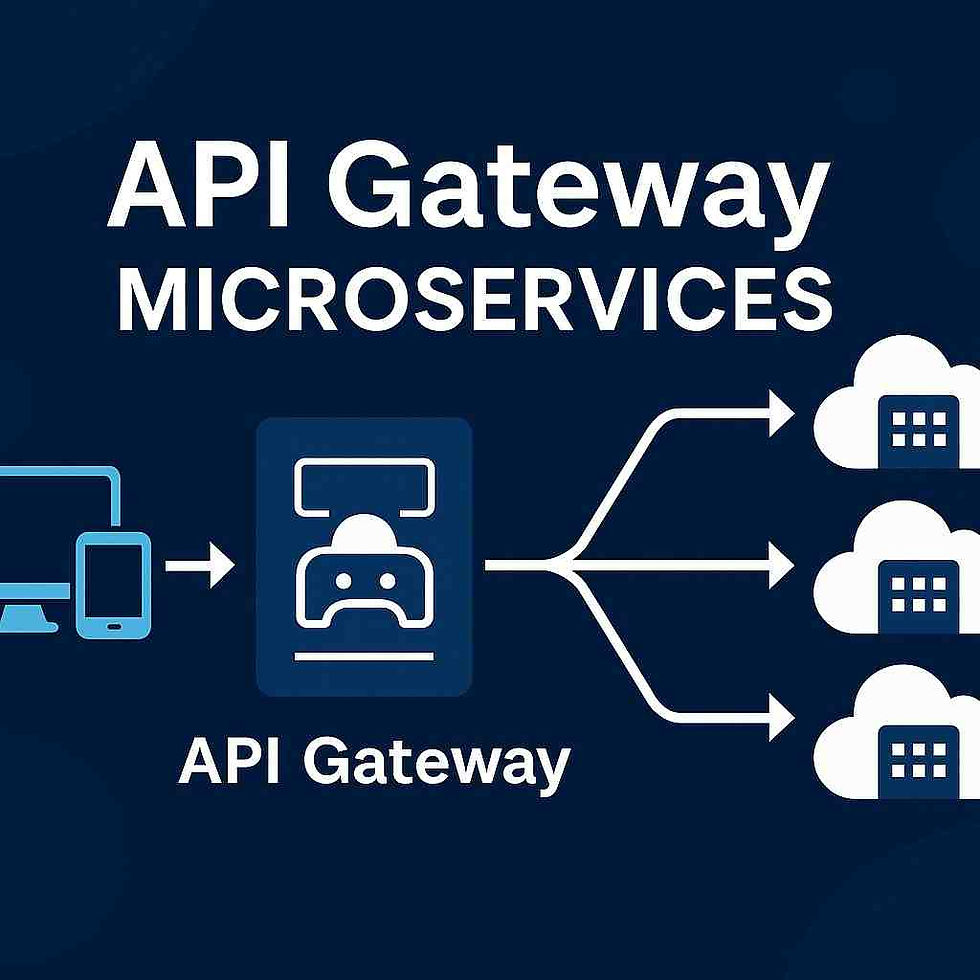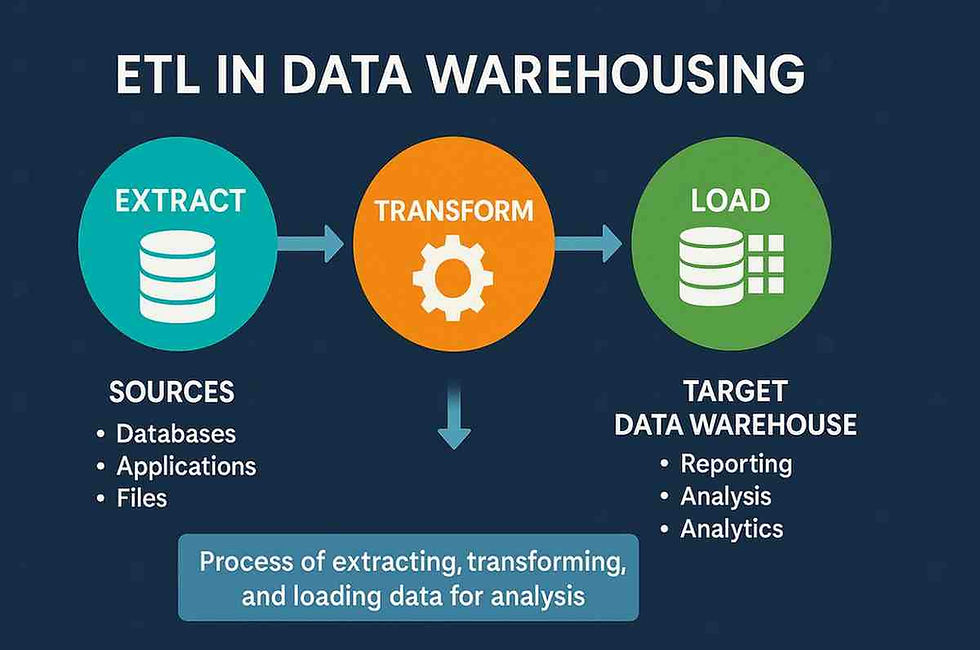Your Comprehensive Guide to White Box Tests
- Gunashree RS
- Aug 1, 2024
- 7 min read
Updated: Sep 16, 2024
Introduction
In the realm of software testing, white box tests play a crucial role in ensuring the integrity, security, and performance of applications. Unlike black box testing, where testers have no knowledge of the internal workings of the software, white box testing provides complete visibility into the codebase and system architecture. This level of access allows testers to design and execute highly targeted tests, uncovering issues that might otherwise go unnoticed.
This comprehensive guide delves into the world of white box tests, exploring its various types, techniques, and benefits. Whether you're a software developer, tester, or quality assurance professional, understanding white box testing is essential for delivering robust and reliable software.
What is White Box Testing?
White box testing, also known as clear box testing, open box testing, or glass box testing, is a method of software testing that involves a detailed examination of the application's internal structure and workings. This testing approach requires the tester to have knowledge of the source code, design documents, and system architecture.

How Does White Box Testing Work?
White box testing works by utilizing the tester's deep understanding of the software's internal logic and structure to create test cases that specifically target potential issues within the code. This includes checking the correctness of algorithms, data structures, control flow, and error handling. The goal is to ensure that the software functions as intended and is free from vulnerabilities that could compromise its performance or security.
Types of White Box Testing
White box testing can be applied at different levels of the software development lifecycle, each serving a unique purpose. The main types of white box testing include:
1. Unit Testing
Unit testing involves testing individual components or functions of an application in isolation to verify that they work correctly. This type of testing is typically performed by developers and is often automated. Unit tests focus on the smallest testable parts of an application, such as functions or methods, ensuring that they produce the expected output given a specific set of inputs.
2. Integration Testing
Integration testing examines the interactions between different components or modules of an application. After individual components are verified through unit testing, integration testing ensures that these components work together seamlessly. This type of testing is crucial for identifying issues related to interfaces, data flow, and overall system integration.
3. Regression Testing
Regression testing is conducted after changes, such as bug fixes or new features, are made to an application. The purpose is to ensure that these changes have not introduced new issues or negatively affected existing functionality. Regression testing can be extensive, covering a wide range of scenarios and features to validate the stability of the application.
White Box Testing Techniques
White box testing encompasses several techniques aimed at achieving thorough coverage of the codebase. Some of the most common techniques include:
1. Statement Coverage
Statement coverage involves testing all executable statements in the code at least once. This technique helps identify portions of the code that are never executed (dead code) and ensures that every line of code contributes to the application's functionality. By verifying that each statement performs as expected, testers can detect issues related to syntax, logic, and control flow.
2. Branch Coverage
Branch coverage focuses on testing all possible branches in the control flow of the application, such as if-else conditions and switch cases. This technique ensures that each decision point is exercised under all possible conditions, helping to identify logical errors, missed conditions, and unhandled cases.
3. Path Coverage
Path coverage aims to test all possible paths through the application's code, from the beginning to the end of each execution path. This technique is more comprehensive than statement and branch coverage, as it considers the combination of paths that different branches can take. Path coverage helps ensure that the software can handle complex logic and interactions between different parts of the code.
4. Loop Testing
Loop testing involves verifying that loops within the application function correctly and efficiently. Testers examine whether loops execute the correct number of times, handle termination conditions appropriately, and manage variables within the loop's scope. This technique is essential for preventing infinite loops, off-by-one errors, and performance issues.
5. Data Flow Testing
Data flow testing tracks the usage and flow of data within the application, focusing on variables. This technique checks whether variables are properly declared, initialized, and used. It also verifies that data is not corrupted or lost during execution. Data flow testing is critical for identifying issues related to data dependencies and ensuring data integrity.
The Role of White Box Testing in Security
White box testing is particularly valuable in identifying and mitigating security vulnerabilities within an application. With access to the source code, testers can perform static code analysis to detect security flaws, such as SQL injection vulnerabilities, cross-site scripting (XSS) issues, and buffer overflows. By analyzing the code for insecure coding practices, testers can recommend best practices for secure development and help fortify the application against attacks.
Security Testing Techniques
Some specific white box testing techniques used in security testing include:
Code Review: A manual inspection of the source code to identify security issues and ensure adherence to coding standards.
Static Analysis Tools: Automated tools that scan the source code for known vulnerabilities and potential security risks.
Penetration Testing: A controlled attack on the system to identify and exploit vulnerabilities, simulating the actions of a malicious attacker.
Black Box vs White Box vs Gray Box Testing
Understanding the differences between black box, white box, and gray box testing is crucial for selecting the appropriate testing strategy for a given project.
Black Box Testing
Information Available: Testers have no knowledge of the internal workings of the application. They interact with the software as an end-user would, focusing solely on inputs and outputs.
Test Coverage: Limited to functional testing based on requirements and specifications. Testers validate the software's behavior without insight into the code.
Use Cases: Ideal for user acceptance testing, system testing, and functionality validation.
White Box Testing
Information Available: Testers have full access to the source code, design documents, and system architecture. This comprehensive visibility allows for detailed and targeted testing.
Test Coverage: Extensive, covering all aspects of the code, including control flow, data flow, and security vulnerabilities.
Use Cases: Best suited for unit testing, integration testing, security testing, and code review.
Gray Box Testing
Information Available: Testers have partial knowledge of the internal workings of the application, such as access to design documents but not the source code.
Test Coverage: Balances the advantages of both black box and white box testing, providing insights into the application's architecture while still validating its external behavior.
Use Cases: Useful for testing web applications, APIs, and systems where some internal knowledge is beneficial but not exhaustive.
Implementing White Box Testing in CI/CD Pipelines
Integrating white box testing into Continuous Integration and Continuous Deployment (CI/CD) pipelines enhances the overall software quality and security. By incorporating automated white box tests early in the development process, teams can identify and address issues before they escalate into more significant problems.
Benefits of Early White Box Testing
Early Detection of Issues: White box testing can identify code-level issues, such as bugs and security vulnerabilities, at an early stage, reducing the cost and complexity of fixing them.
Improved Code Quality: By enforcing coding standards and best practices through static code analysis, white box testing promotes cleaner, more maintainable code.
Continuous Feedback: Automated tests provide continuous feedback to developers, helping them understand the impact of their changes and improve code quality iteratively.
Best Practices for CI/CD Integration
Automate White Box Tests: Use automated tools to perform static code analysis, unit tests, and other white box testing techniques as part of the build process.
Integrate Security Testing: Include security-focused white box tests in the pipeline to identify vulnerabilities early and ensure compliance with security standards.
Monitor Test Coverage: Continuously monitor test coverage metrics to ensure that all critical parts of the code are tested. Strive for high coverage, particularly for security-critical areas.
Regularly Update Test Cases: As the application evolves, update test cases to reflect changes in functionality and ensure they remain relevant and effective.
Conclusion
White box tests are an integral part of a robust software testing strategy, providing in-depth insights into the application's code and structure. By leveraging various techniques such as statement coverage, branch coverage, and path coverage, white box testing helps ensure that software is not only functional but also secure and efficient. Incorporating white box testing into the development process, particularly within CI/CD pipelines, enhances overall software quality, reduces risks, and supports continuous improvement.
Key Takeaways
White box testing involves a detailed examination of an application's internal structure, offering insights into code-level issues.
It includes techniques such as statement coverage, branch coverage, and path coverage to ensure thorough testing.
White box testing is crucial for identifying security vulnerabilities, logical errors, and performance bottlenecks.
Integrating white box testing into CI/CD pipelines enhances software quality and security.
It should be complemented with other testing types for a comprehensive assessment of the software.
FAQs
What is the primary purpose of white box testing?
White box testing aims to ensure that the internal workings of an application are functioning correctly and securely. It provides insights into the code structure, helping to identify logical errors, security vulnerabilities, and performance issues.
How does white box testing differ from black box testing?
White box testing involves examining the internal structure of an application, while black box testing focuses on testing the software's functionality without any knowledge of its internal workings. White box testing is often more thorough, covering code-level issues, while black box testing is limited to user-facing functionality.
Can white box testing be automated?
Yes, many aspects of white box testing can be automated, including unit tests, static code analysis, and some forms of security testing. Automation increases efficiency, consistency, and coverage, making it a valuable practice in modern software development.
What are some common tools used in white box testing?
Common tools include static code analysis tools like SonarQube, unit testing frameworks like JUnit and NUnit, and code coverage tools like Cobertura and JaCoCo. These tools help automate and streamline the testing process.
Is white box testing sufficient for ensuring software security?
While white box testing is crucial for identifying security vulnerabilities, it should be complemented with other testing types, such as black box testing and penetration testing, to provide a comprehensive assessment of the software's security posture.
What skills are required for white box testing?
White box testing requires a deep understanding of programming, software design, and system architecture. Testers should be familiar with coding standards, debugging techniques, and security best practices.
How often should white box testing be performed?
White box testing should be an ongoing process, integrated into the software development lifecycle. It is particularly important to conduct white box tests during code changes, feature updates, and regular code reviews.
Can white box testing be used for web applications?
Yes, white box testing is applicable to web applications, especially for testing backend logic, APIs, and database interactions. It helps ensure that the internal components of the application function correctly and securely.




Comments